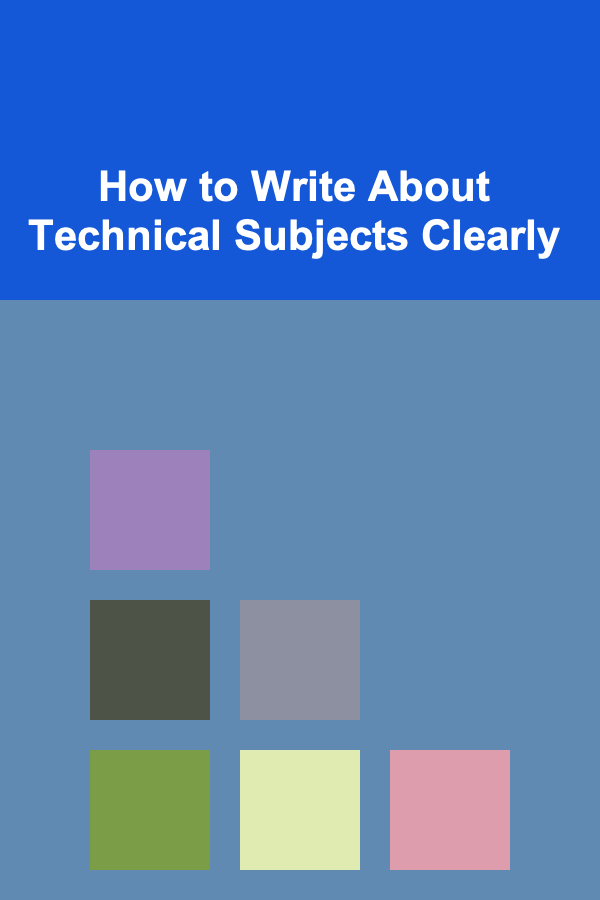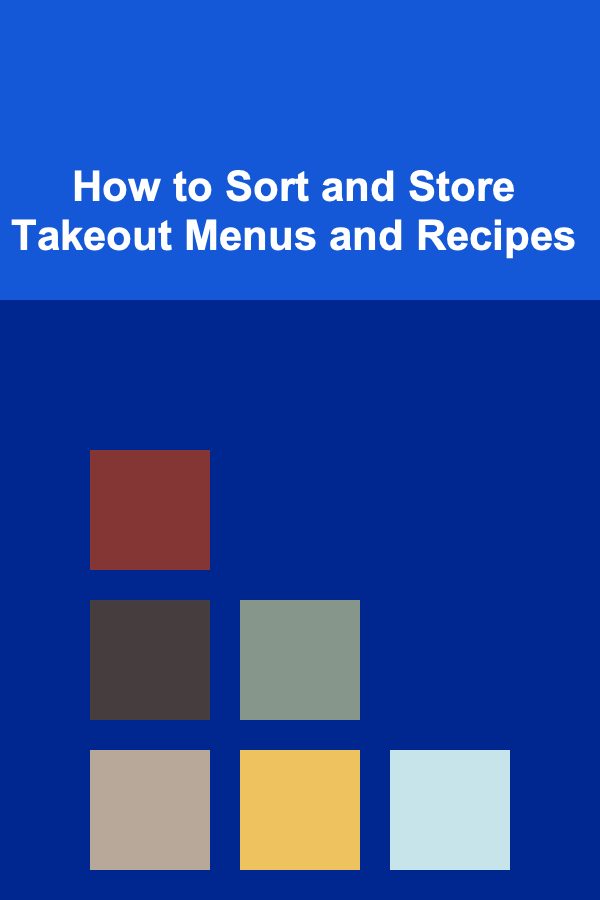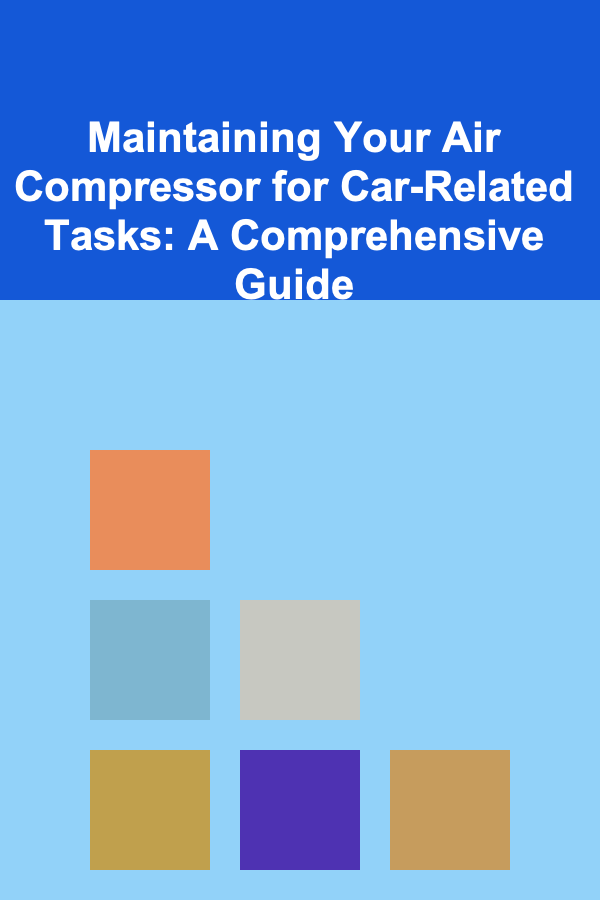
How to Write About Technical Subjects Clearly
ebook include PDF & Audio bundle (Micro Guide)
$12.99$8.99
Limited Time Offer! Order within the next:

Writing about technical subjects effectively is a crucial skill for anyone involved in fields like engineering, computer science, medicine, and many others. The ability to communicate complex information in a clear, concise, and understandable way is essential for collaboration, knowledge sharing, training, and even public understanding. Poorly written technical documents can lead to misunderstandings, errors, wasted time, and even dangerous situations. This article delves into the principles and practices of clear technical writing, providing a comprehensive guide to help you master this essential skill.
Understanding Your Audience
The first, and arguably most important, step in writing about technical subjects is understanding your audience. Who are you writing for? What is their level of technical expertise? What are their motivations for reading your document?
Defining Your Audience
Consider the following factors when defining your audience:
- Technical Background: Are you writing for experts in the field, individuals with some knowledge, or complete novices? This will significantly impact the level of detail you need to provide and the terminology you can use.
- Job Role/Responsibilities: What tasks or decisions will your audience be performing based on your writing? Understanding their responsibilities helps you tailor the information to their specific needs. A software developer needs different information than a project manager, even if both are working on the same software project.
- Prior Knowledge: What assumptions can you safely make about your audience's existing knowledge base? Avoid repeating information they already know, but don't assume knowledge they might not possess.
- Learning Style: Do your readers prefer visual aids, step-by-step instructions, or conceptual explanations? Consider incorporating a variety of approaches to cater to different learning styles.
- Language Proficiency: If you are writing for an international audience, consider the potential language barriers and use clear, simple language. Avoid idioms, slang, and culturally specific references.
Tailoring Your Writing to Your Audience
Once you have a clear understanding of your audience, you can tailor your writing to their specific needs and preferences. Here are some strategies:
- Use Appropriate Language: Avoid jargon or overly technical terms if your audience is not familiar with them. If you must use technical terms, define them clearly and concisely. For a general audience, focus on explaining the concepts in plain language, using analogies and metaphors where appropriate. For experts, you can use more technical terminology, but still strive for clarity and precision.
- Adjust the Level of Detail: Provide enough detail to satisfy your audience's needs, but avoid overwhelming them with unnecessary information. For novices, start with the basics and gradually introduce more complex concepts. For experts, you can delve into more advanced topics and assume a higher level of understanding.
- Structure Your Document Logically: Organize your writing in a way that makes sense to your audience. Use headings, subheadings, and bullet points to break up the text and make it easier to scan. A clear structure helps readers find the information they need quickly and easily.
- Provide Context: Explain the "why" behind the "what." Why is this information important? How does it relate to the reader's job or interests? Providing context helps readers understand the relevance of the information and makes it more engaging.
- Use Visual Aids: Diagrams, charts, graphs, and illustrations can be extremely effective for conveying complex information. Visual aids can help readers understand concepts more easily and remember them longer.
- Anticipate Questions: Think about the questions your audience is likely to have and address them proactively in your writing. This can help prevent confusion and reduce the need for follow-up questions.
Clarity and Conciseness
Clarity and conciseness are paramount in technical writing. Your goal is to convey information as efficiently and effectively as possible, without ambiguity or unnecessary complexity.
Using Clear and Simple Language
- Avoid Jargon: Use technical terms only when necessary, and define them clearly when you do. If a simpler word or phrase will suffice, use it.
- Use Active Voice: Active voice is generally more direct and easier to understand than passive voice. For example, instead of writing "The experiment was conducted by the team," write "The team conducted the experiment."
- Avoid Ambiguity: Be precise in your language and avoid words or phrases that could be interpreted in multiple ways. Use specific examples to illustrate your points.
- Use Short Sentences and Paragraphs: Long, convoluted sentences can be difficult to follow. Break them down into shorter, more manageable units. Similarly, keep paragraphs relatively short to avoid overwhelming the reader.
- Choose Strong Verbs: Strong verbs make your writing more active and engaging. For example, instead of writing "The system has the ability to..." write "The system can..."
Eliminating Redundancy and Wordiness
- Cut Unnecessary Words: Eliminate words or phrases that don't add value to your writing. For example, instead of writing "due to the fact that," write "because."
- Avoid Repetition: Don't repeat the same information multiple times unless it's necessary for emphasis.
- Use Strong Nouns and Verbs: Replace phrases with single, powerful words. For example, instead of "conduct an investigation," write "investigate."
- Eliminate Fillers: Remove phrases like "in order to," "as a matter of fact," and "it is important to note that" which often add little to the meaning.
Examples of Improving Clarity and Conciseness
Let's look at some examples of how to improve clarity and conciseness in technical writing:
Original: "The utilization of the aforementioned algorithm will result in a significant improvement in the overall performance of the system."
Revised: "Using this algorithm will significantly improve system performance."
Original: "It is important to note that the process of data encryption is a crucial step in the protection of sensitive information from unauthorized access."
Revised: "Data encryption is crucial for protecting sensitive information from unauthorized access."
Original: "The reason for this is because the data was corrupted during the transfer process."
Revised: "The data was corrupted during the transfer process." (or "This is because the data was corrupted during transfer.")
Structure and Organization
A well-structured document is easier to read and understand. Use headings, subheadings, and other organizational elements to guide your readers through the information.
Using Headings and Subheadings
- Create a Logical Hierarchy: Use headings and subheadings to create a clear hierarchy of information. Main headings should represent the major topics, and subheadings should represent the subtopics within each major topic.
- Be Consistent: Use consistent formatting for headings and subheadings throughout your document. This makes it easier for readers to navigate the document.
- Use Descriptive Headings: Headings should accurately reflect the content of the section they introduce. Avoid vague or generic headings.
- Keep Headings Concise: Headings should be brief and to the point. Avoid overly long or complex headings.
Using Lists and Bullet Points
- Break Up Text: Lists and bullet points are a great way to break up large blocks of text and make the information more digestible.
- Highlight Key Information: Lists can be used to highlight key information or steps in a process.
- Be Consistent: Use consistent formatting for lists and bullet points throughout your document.
- Use Parallel Structure: When using lists, use parallel structure for each item in the list. This means that each item should have the same grammatical structure. For example, if one item starts with a verb, all items should start with a verb.
Creating a Clear Flow
- Start with an Introduction: The introduction should provide an overview of the document and its purpose. It should also outline the main topics that will be covered.
- Use Transitions: Use transition words and phrases to connect ideas and create a smooth flow between sections. Examples of transition words include "however," "therefore," "in addition," and "on the other hand."
- Summarize Key Points: Summarize the key points at the end of each section to reinforce the information.
- End with a Conclusion: The conclusion should summarize the main points of the document and provide a call to action, if appropriate.
Example of Good Structure
Consider this outline for a document on "Implementing a New Database System":
1. Introduction
1.1 Purpose of the Document
1.2 Target Audience
1.3 Overview of the New Database System
2. Planning Phase
2.1 Requirements Gathering
2.2 Database Design
2.3 Hardware and Software Selection
3. Implementation Phase
3.1 Database Installation and Configuration
3.2 Data Migration
3.3 Testing and Validation
4. Training and Support
4.1 User Training
4.2 Ongoing Support and Maintenance
5. Conclusion
5.1 Summary of Benefits
5.2 Next Steps
This outline provides a clear and logical structure for the document, making it easy for readers to understand the flow of information.
Using Visual Aids
Visual aids can be powerful tools for conveying complex technical information. Use diagrams, charts, graphs, and illustrations to help your readers understand and remember the information.
Types of Visual Aids
- Diagrams: Diagrams can be used to illustrate processes, systems, and relationships. Examples include flowcharts, block diagrams, and network diagrams.
- Charts and Graphs: Charts and graphs can be used to present data in a visual format. Examples include bar charts, line graphs, and pie charts.
- Illustrations: Illustrations can be used to show how things work or to provide a visual representation of a concept. Examples include schematics, cross-sections, and exploded views.
- Screen Captures: Screen captures can be used to illustrate software interfaces or to show specific steps in a process.
Guidelines for Using Visual Aids
- Choose the Right Visual Aid: Select the visual aid that is most appropriate for the information you are trying to convey. A chart is better for presenting data, while a diagram is better for illustrating a process.
- Keep it Simple: Avoid overly complex visual aids. The goal is to make the information easier to understand, not more difficult.
- Label Everything Clearly: Label all elements of the visual aid clearly and concisely. Use descriptive labels that accurately reflect the information being presented.
- Provide Context: Explain the visual aid in the text. Don't assume that your readers will understand the visual aid without any explanation. Refer to the visual aid in the text and explain its significance.
- Ensure Accessibility: Consider users with disabilities. Provide alternative text for images for screen readers. Ensure sufficient color contrast.
Example of Using a Visual Aid
Imagine you are writing about the architecture of a software system. Instead of just describing the components in text, you could include a block diagram showing the different components and their relationships. This would provide a much clearer and more intuitive understanding of the system architecture.
Accuracy and Precision
Accuracy and precision are essential in technical writing. Ensure that your information is correct and that you use precise language to avoid ambiguity.
Verifying Information
- Use Reliable Sources: Base your information on reliable sources, such as peer-reviewed articles, industry standards, and official documentation.
- Cite Your Sources: Cite your sources properly to give credit to the original authors and to allow your readers to verify the information.
- Double-Check Your Work: Proofread your work carefully to catch any errors in spelling, grammar, or punctuation. It's helpful to have someone else review your work as well.
- Keep Up-to-Date: Technical information can change rapidly. Make sure you are using the most current information available.
Using Precise Language
- Avoid Vagueness: Use specific language and avoid vague terms. Instead of saying "a lot of data," say "10 gigabytes of data."
- Use Correct Units: Use the correct units of measurement. For example, use meters instead of feet, or kilograms instead of pounds.
- Be Specific About Quantities: Be specific about quantities. Instead of saying "the system is very fast," say "the system can process 1000 transactions per second."
- Define Terms Clearly: Define any technical terms that your audience may not be familiar with.
Example of Accuracy and Precision
Instead of writing "The sensor detected a high temperature," write "The sensor detected a temperature of 100 degrees Celsius." This is more precise and provides more useful information.
Testing and Reviewing Your Writing
Before publishing or distributing your technical writing, it's important to test and review it to ensure that it is clear, accurate, and effective.
Usability Testing
- Ask Someone to Read Your Document: Ask someone who is representative of your target audience to read your document and provide feedback.
- Observe Users Interacting with Your Document: Observe users as they try to use your document to perform a specific task. This can help you identify areas where the document is unclear or confusing.
- Gather Feedback: Ask users to provide feedback on the document, including what they found easy to understand, what they found difficult, and what suggestions they have for improvement.
Peer Review
- Ask a Colleague to Review Your Work: Ask a colleague who is knowledgeable about the subject matter to review your work for accuracy and completeness.
- Get Feedback on Clarity and Style: Ask your colleague to provide feedback on the clarity and style of your writing.
- Use a Checklist: Use a checklist to ensure that you have covered all the key points and that your document meets the required standards.
Proofreading and Editing
- Proofread Carefully: Proofread your work carefully to catch any errors in spelling, grammar, or punctuation.
- Use a Grammar Checker: Use a grammar checker to help you identify and correct any grammatical errors.
- Read Your Document Aloud: Read your document aloud to help you identify awkward phrasing or sentences that are difficult to understand.
The Iterative Process
Technical writing is rarely a one-shot process. It usually involves multiple drafts and revisions. Embrace the iterative nature of writing. After receiving feedback, don't be afraid to make significant changes to your document.
Conclusion
Writing about technical subjects clearly is a skill that can be learned and improved with practice. By understanding your audience, using clear and concise language, structuring your documents logically, using visual aids effectively, ensuring accuracy and precision, and testing and reviewing your writing, you can communicate complex technical information in a way that is easy to understand and use. Mastering these principles will not only enhance your communication skills but also contribute to better understanding, collaboration, and innovation within your technical field. Remember that clear technical writing is not just about conveying information; it's about empowering your audience to understand and apply that information effectively.

How to Keep Your Pet's Ears Clean and Free of Infection
Read More
How to Sell Your Original Artwork on Instagram: An Actionable Guide
Read More
How to Set Up a Family Science Fair at Home
Read More
How to Sort and Store Takeout Menus and Recipes
Read More
How to Use a Travel Checklist App for Better Organization
Read More
Maintaining Your Air Compressor for Car-Related Tasks: A Comprehensive Guide
Read MoreOther Products

How to Keep Your Pet's Ears Clean and Free of Infection
Read More
How to Sell Your Original Artwork on Instagram: An Actionable Guide
Read More
How to Set Up a Family Science Fair at Home
Read More
How to Sort and Store Takeout Menus and Recipes
Read More
How to Use a Travel Checklist App for Better Organization
Read More